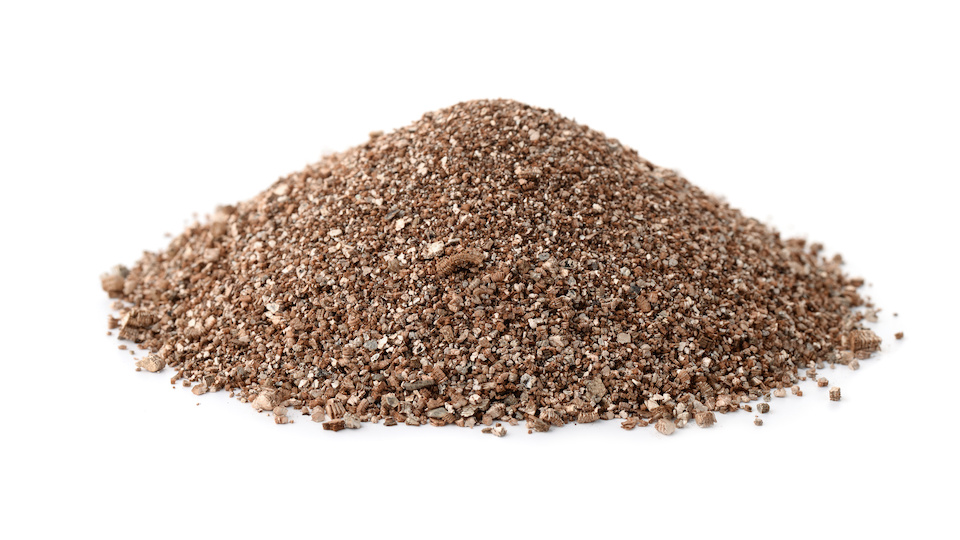Starting out with hydroponics can be a little confusing, but one of the first things you’ll need to understand if you want to try this sustainable and innovative water-agriculture is the idea of growing mediums. Hydroponics doesn’t use typical soil; however, it does utilize the power of water and specially mixed soilless growing mediums to encourage hearty, productive plants. Soilless mediums are used in place of traditional soil to support the root systems of your plants and retain nutrients in this type of gardening. Here are a few of our favorites to use for your next hydroponics project.
Benefits of using a soilless medium
No soil-borne diseases or pests
Unlike traditional soil, these growing mediums are free from pests and diseases that plague many vegetables. They are sterile and are great for growing organic, healthy produce. Plus, since there aren’t as many threats, not as many harmful, toxic pesticides and herbicides are needed to protect the crop.
Better control
With soilless mediums, you have total control over the moisture, nutrients, and air that your plants receive. This allows you to customize your garden and give each of your vegetables the proper fertilization they need to thrive.
Alternative to poor soil
Many areas have difficulty growing healthy plants due to poor soil that is mostly clay, sand, or rocks. Using hydroponics and soilless mediums, you can grow a bountiful harvest even in an area with the most desolate soil.
Maximizes yield in a small space
Not only does using a soilless alternative help you to maximize your veggie yield, but it is also a sustainable alternative option to large areas of farmland. Hydroponics are less resource-intensive and are changing the future of agriculture.
Peat moss
Peat moss is an excellent soilless medium for passive hydroponics since it retains a lot of moisture while still allowing oxygen to reach the roots. It has no inherent nutrients, which means that fertilizer is essential. However, it is also excellent for growing plants that require a more nutrient-deficient medium. Keep in mind, peat moss falls apart quickly and will need to be replaced, so it is not a good growing medium if you are searching for something reusable. Peat moss is usually combined with sand and used as a seed germination medium or for growing orchids.
Perlite
Though it is rarely used on its own, this expanded volcanic rock makes a great addition to any of the other growing mediums. It helps to keep the soil light and aerated; however, without another substance, it will shift and float whenever you water your plants.
Vermiculite
Vermiculite is often considered the opposite of perlite since, unlike perlite, it is excellent for retaining moisture. It is heavier than perlite and not as effective at encouraging airflow, so the two mediums are often combined for optimal growth.
Coarse sand
Sand is usually used to help improve drainage and aeration with one of the growing mediums that is more suited for water retention. Sand is often used to add weight in container garden and keep pots (planted with light mediums) from blowing over in the wind.
Coconut Coir
This incredibly lightweight, organic, biodegradable growing material can be purchased loosely, to be added to a soilless mixture, or in blocks for passive hydroponics. It has almost neutral pH levels and holds essential moisture while giving oxygen to the plants.
Make your own soilless potting mix
Though it is possible to buy premixed soilless mediums, it is often cheaper and easier to simply mix your own supplies. Keep in mind, there is no perfect recipe, and it is important to adjust the measurements and materials depending on the plants you are growing and your gardening zone.
A good, simple rule of thumb is to stick to equal amounts of peat moss, perlite, vermiculite, and sand. This will help you get a good balance of aeration and moisture retention and ensure proper support for your growing plants. If desired, you can replace the sand with shredded bark and the peat moss with coconut coir, respectively.
Remember, unlike compost and potting mix, soilless mediums don’t have any inherent nutrients. Add small amounts of fertilizer and limestone into your growing medium mix to provide those beneficial nutrients and ensure a bountiful harvest.
-Taylor Ramsey



